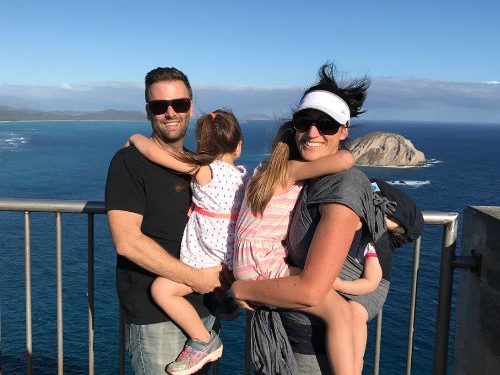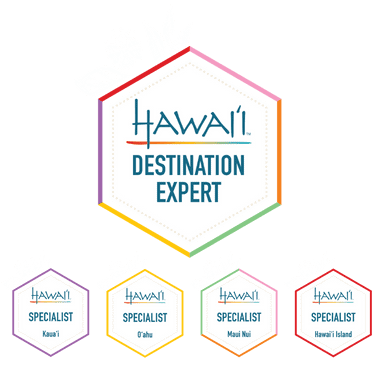[fusebox_full_player featured_episode=”36″ social_twitter=”true” social_facebook=”true” social_linkedin=”true” social_email=”true” ]
When Ali Miller arrived on Maui in 2015, after living in Reno, Nevada her entire life, she was shocked to see firsthand what was happening in the ocean. Her arrival to the Hawaiian island followed one of the warmest summers on record.
Corals around the world were dying in one of the largest mass bleaching events in recorded history. Without the reefs, fish populations and ocean ecosystems are at risk of collapse.
“Although I’ve always been fascinated by sea creatures, I grew up far away from the ocean. It’s an understatement to say I was excited to be in Hawaii studying marine science. This event was truly devastating,” Ali says. “I was determined to find a way to teach children about the effects of warming oceans so they can adopt sustainable practices into their lives as they grow up.”
For non-scientists, here’s how coral bleaching works- As ocean temperatures rise, corals become stressed and turn white. The coral animals (polyps) lose the symbiotic algae that lives in their tissues and produces their food. During this process, corals become more susceptible to disease and inevitably die off unless temperatures cool down and conditions improve.
HOW CARA LOST HER COLOR is beautifully illustrated in colors inspired by Hawaiian reef fish. Through relatable characters and words that rhyme, kids connect with corals as animals and learn how vital they are to all marine species. In the story, Cara the coral polyp and her algae friend, Zoey, live happily alongside many other sea creatures who call the reef their home. But when human activity causes the ocean temperature to rise, Zoey must escape with her family and leave Cara behind.
Can humans help bring Zoey back and save the reef? The author believes they can. “I want children to grow up with an understanding of how climate change impacts the ocean and what humans can do to protect the reefs. Everything from the clothes we wear to the food we eat comes with a carbon price tag. We must change our way of thinking in order to take that next step toward a sustainable future.”
ABOUT THE AUTHOR: Ali Miller is a student at the University of Hawaii, Maui College where she is studying marine biology and sustainable science management. She earned her Marine Naturalist certifications from the University of Hawaii Maui College and enjoyed working in the education department at the Maui Ocean Center Aquarium for two years.
Ali never expected that a career in marine education was in her future. Diagnosed with third-degree heart block as an infant, she has lived with a pacemaker since she was thirteen months old. Having a heart condition hasn’t slowed her down. In fact, she wants to inspire other people with disabilities to follow their dreams – and help the environment.
ABOUT THE ILLUSTRATOR: Anastasia Yatsunenko is an artist and illustrator from the city of Kiev, Ukraine. She has always thought of the ocean as an unexplored universe, and although she grew up far away from the water, she loved visiting the beach with her parents as a child.
Available on
Amazon, Barnes & Noble and where books are sold.
*Content shared from the author’s press release.






